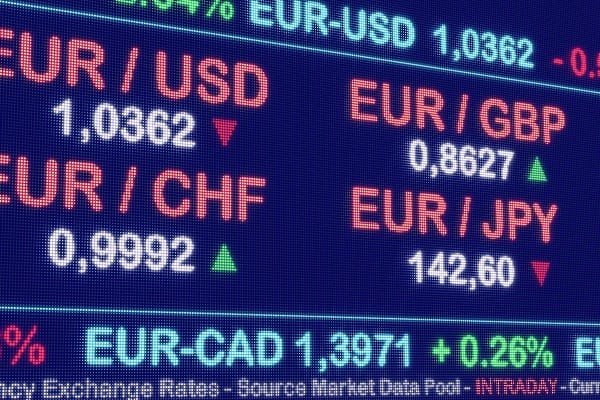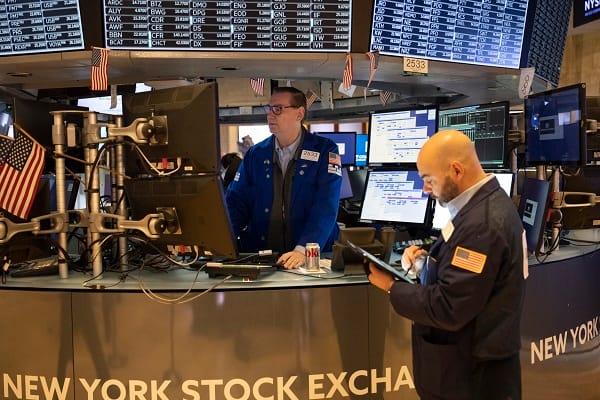Bussiness
The future of crude oil prices – London Business News | Londonlovesbusiness.com

Crude oil prices have experienced notable fluctuations in the past week, rising by approximately 1.00% in recent hours to reach $67.40 per barrel on Thursday.
This increase follows gains exceeding 1.50% on Wednesday, marking the largest daily rise in two weeks. From my perspective, this uptick is driven by a blend of geopolitical and economic factors that have significantly impacted the energy market.
Key among these is Tropical Storm Francine, which struck the Louisiana coast in the United States, raising concerns about its effect on U.S. oil production and directly influencing prices.
Additionally, the recent OPEC report plays a crucial role in these movements, despite the organization’s demand forecasts being described as unrealistic given recent economic activity in the U.S. and globally.
Tropical storms are major factors that can disrupt oil production stability, especially in regions like the Gulf of Mexico, a critical artery for U.S. oil supplies. Tropical Storm Francine, reaching Category 2 intensity, forced oil companies to evacuate offshore platforms and halt a significant portion of production. In my view, this action has driven oil prices up due to market fears of supply shortages. However, it is important to note that the long-term impact of storms on production may be limited, as production operations typically return to normal relatively quickly once the threat has passed. Therefore, these current price increases may be temporary if the economic situation stabilizes after the storm.
Despite the storm’s impact, the recent OPEC report remains a key factor in shaping oil market trends. The organization has downgraded its global oil demand growth forecasts for the second consecutive time, raising questions about the realism of these projections given strong U.S. economic activity and gradual improvements in major economies. This downgrade clearly reflects growing concerns about potential economic slowdowns in major regions such as Europe and Asia, particularly China, which is facing economic pressures with slowing industrial growth and increasing reliance on electric vehicles, leading to reduced oil demand.
Simultaneously, the U.S. Dollar Index (DXY) has risen and tested the upper end of its recent trading range, enhancing its appeal as a safe haven for investors. From my perspective, this strength emerged following U.S. consumer price index data, which showed an unexpected increase in the core monthly measure, closing the door to a significant interest rate cut by the Federal Reserve. Typically, a stronger dollar negatively affects oil prices, as oil becomes more expensive for investors dealing in other currencies. Nonetheless, oil demand remains robust enough to maintain a relative balance in prices despite the dollar’s rise.
In addition to U.S. factors, geopolitical tensions in the Middle East play another crucial role in market dynamics. The International Energy Agency’s report highlighted a 70,000 barrel per day decrease in OPEC’s daily production due to disruptions in Libyan output. Ongoing interruptions in Libyan production represent an additional source of concern for the market, given that global oil supply stability heavily relies on production consistency in OPEC countries. With rising geopolitical tensions in the region, Libyan oil production forecasts appear uncertain, contributing to support for oil prices.
Despite the rise in oil prices, U.S. supply and inventory data indicate some challenges. According to the U.S. Energy Information Administration’s report, oil inventories increased by 0.833 million barrels in the week ending September 6, a smaller rise than expected. The increase in inventories, coupled with declining demand for gasoline and distillate fuels, suggests a potential slowdown in energy consumption within the U.S., which could be an indicator of reduced global demand.
In light of all these factors, it can be said that oil prices will continue to experience significant volatility in the near term. The ongoing strength of the U.S. dollar, disruptions from natural factors such as tropical storms, and geopolitical tensions and production interruptions in key countries all contribute to market instability. However, a sharp collapse in prices seems unlikely, especially if OPEC continues to adjust production in line with global demand. The big question remains how the market will respond to forthcoming geopolitical and economic events, and whether major economies will face sharp slowdowns affecting global oil demand.
Technical analysis of Crude Oil (WTI) prices
Crude oil prices are set to experience significant fluctuations, with OPEC’s role remaining undeniable. From a technical standpoint, the potential for further decline currently appears higher than the possibility of recovery. Should OPEC adjust its policy by extending or expanding production cuts, markets might interpret this as a sign of weakness, suggesting a more severe situation than previously anticipated. Conversely, if OPEC takes no action, markets are likely to continue focusing on the excess supply.
Technically, oil faces a long road to recovery before it can surpass the $75 mark. The initial resistance is at $67.11, and the price needs to close above this level at least on a daily basis to initiate a recovery attempt. Once this level is regained, $70 becomes the target, with $71.46 as the first key level to test and sustain. Ultimately, a return to $75.27 remains possible, but it is more likely to occur due to a significant shift in current conditions and pressures.
From a technical perspective, the next support level for crude oil is $64.38, which corresponds to the lowest points from March and May 2023. If this level is tested again and broken, $61.65 becomes the next target, with $60.00—a significant psychological level—likely to be tested as well.
Technical indicators reveal a mixed picture. The MACD is losing its bearish momentum and showing a slight upward movement, while the Stochastic Oscillator is moving upwards after a bullish crossover within the oversold area. Both suggest that the intense selling interest may be fading.
Should the market continue to rise, resistance could be encountered at the psychological level of $70.00, followed by $71.30 and $72.70. An upward movement beyond the ascending trendline and the 20-day Simple Moving Average (SMA) might face resistance at the short-term descending trendline at $76.60, which overlaps with the 50-day SMA.
In a bearish scenario, a drop below recent lows could amplify selling pressures towards the next support level drawn from the April 2023 low at $63.60. In summary, oil prices have experienced significant downward movement since July 3rd, and only a rally above the resistance level of $84.70 could shift the long-term outlook to a bullish stance.
Support Levels: $67.86 – $68.90 – $70.26
Resistance Levels: $66.10 – $65.40 – $64.40










